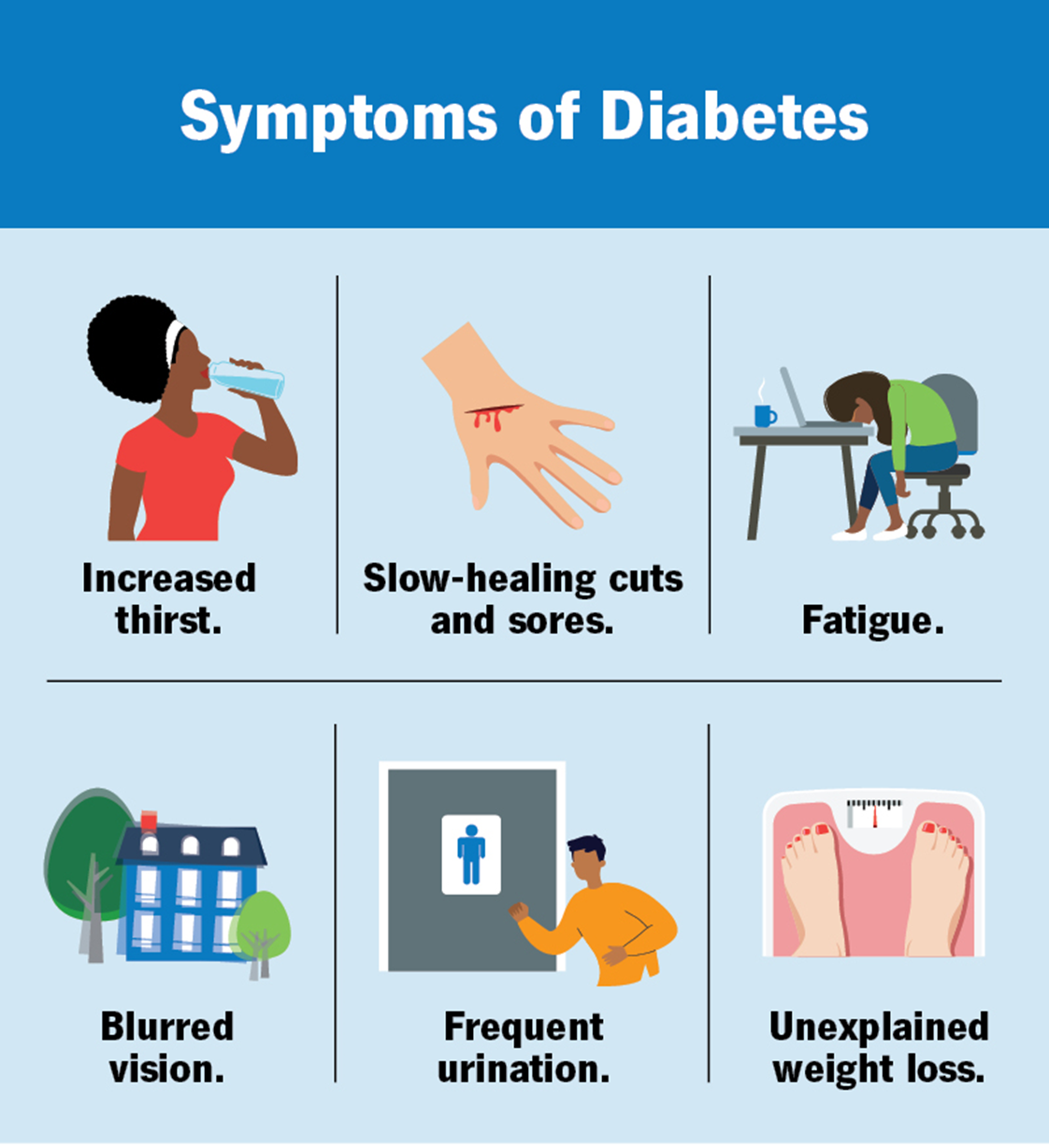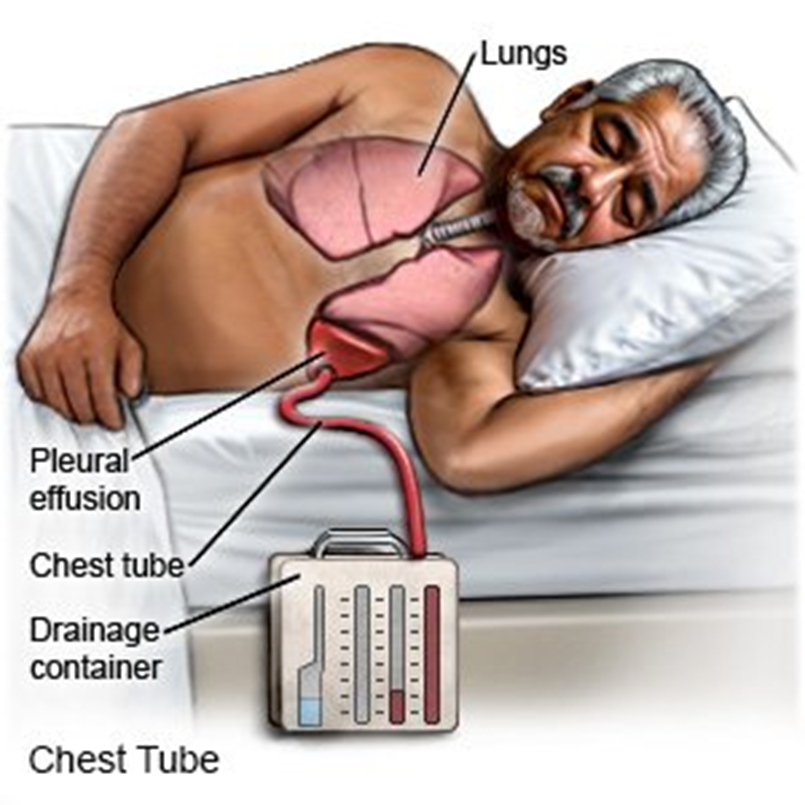The nurse is caring for a patient on a telemetry unit who has a regular heart rhythm and rate of 60 beats/min; a P wave precedes each QRS complex, and the PR interval is 0.20 seconds. Additional vital signs are: blood pressure 118/68 mm Hg, respiratory rate 16 breaths/min, and temperature 98.8°F (37°C). All of these medications are available on the medication record. What action will the nurse take?
Continue to monitor.
Administer clonidine.
Administer atropine.
Administer digoxin.
The Correct Answer is A
Choice A Reason:
Continuing to monitor is the most appropriate action in this scenario. The patient has a regular heart rhythm and a heart rate of 60 beats per minute, which is within the normal range for sinus bradycardia. The PR interval is 0.20 seconds, which is at the upper limit of normal. The patient’s vital signs are stable, with a blood pressure of 118/68 mm Hg, a respiratory rate of 16 breaths per minute, and a temperature of 98.8°F (37°C). There are no signs of hemodynamic instability or symptoms that would necessitate immediate intervention. Therefore, ongoing monitoring is sufficient to ensure the patient’s condition remains stable.
Choice B Reason:
Administering clonidine is not appropriate in this situation. Clonidine is an antihypertensive medication that can lower blood pressure and heart rate. Given that the patient’s blood pressure and heart rate are within normal ranges, administering clonidine could potentially cause hypotension and bradycardia, leading to adverse effects. Therefore, clonidine is not indicated for this patient.
Choice C Reason:
Administering atropine is not necessary for this patient. Atropine is used to treat symptomatic bradycardia, where the heart rate is abnormally slow and causing symptoms such as dizziness, hypotension, or syncope. In this case, the patient’s heart rate is 60 beats per minute, which is within the normal range for sinus bradycardia, and there are no symptoms indicating the need for atropine. Therefore, atropine is not required.
Choice D Reason:
Administering digoxin is also not appropriate. Digoxin is a cardiac glycoside used to treat heart failure and certain types of arrhythmias, such as atrial fibrillation. It can slow the heart rate and increase the force of cardiac contractions. In this scenario, the patient does not have any indications for digoxin therapy, such as heart failure or atrial fibrillation, and their heart rate is already within the normal range. Therefore, digoxin is not indicated.
Nursing Test Bank
Naxlex Comprehensive Predictor Exams
Related Questions
Correct Answer is A
Explanation
The correct answer is a) 1 cup of milk.
Choice A reason: One cup of milk contains approximately 15 grams of carbohydrates. Milk is a good source of carbohydrates, protein, and calcium, making it a suitable option for maintaining blood glucose levels during exercise. It is important for individuals with diabetes to monitor their carbohydrate intake to manage their blood sugar levels effectively.

Choice B reason: Half a cup of regular ice cream contains around 15 grams of carbohydrates. However, ice cream also contains high levels of sugar and fat, which may not be the healthiest option for regular consumption, especially for individuals with diabetes. While it can be included occasionally, it is better to choose healthier carbohydrate sources.
Choice C reason: One slice of bread typically contains about 15 grams of carbohydrates. Bread, especially whole grain or whole wheat varieties, can be a good source of carbohydrates for individuals with diabetes. It provides fiber, which helps in maintaining stable blood sugar levels.
Choice D reason: One cup of sugar-free yogurt does not contain 15 grams of carbohydrates. Sugar-free yogurt usually has fewer carbohydrates compared to regular yogurt. It is important to read the nutritional labels to determine the exact carbohydrate content. Regular yogurt, on the other hand, can be a good source of carbohydrates.
Correct Answer is ["B","C","G"]
Explanation
Choice A Reason:
Breath sounds diminished on auscultation indicate that there may still be fluid or air in the pleural space, suggesting that the chest tube is still needed to drain the pleural cavity. This is not an appropriate reason to discontinue a chest tube as it indicates ongoing issues that need to be resolved.
Choice B Reason:
Improved respiratory status is a key indicator that the chest tube has successfully resolved the underlying issue, such as a pneumothorax or pleural effusion. When the patient shows signs of stable and improved breathing, it suggests that the chest tube has served its purpose and can be safely removed.

Choice C Reason:
Symmetrical rise and fall of the chest during respiration indicate that both lungs are expanding and contracting normally. This symmetry is a sign that the pleural space is no longer compromised, making it an appropriate reason to remove the chest tube.
Choice D Reason:
Oxygen saturation at least 90% is a general indicator of adequate oxygenation but does not specifically address the condition of the pleural space. While important, it is not a direct reason to discontinue a chest tube without other supporting signs.
Choice E Reason:
Continuous bubbling in the water seal chamber indicates an ongoing air leak, which means that the chest tube is still necessary to evacuate air from the pleural space. This is not an appropriate reason to remove the chest tube.
Choice F Reason:
An asymmetrical chest on inspiration and expiration suggests that there is still an issue with lung expansion, possibly due to fluid or air in the pleural space. This condition requires the chest tube to remain in place until resolved.
Choice G Reason:
Bilateral breath sounds clear on auscultation indicate that both lungs are free of fluid and air, and are functioning normally. This is a strong indicator that the chest tube has achieved its purpose and can be safely removed.
Whether you are a student looking to ace your exams or a practicing nurse seeking to enhance your expertise , our nursing education contents will empower you with the confidence and competence to make a difference in the lives of patients and become a respected leader in the healthcare field.
Visit Naxlex, invest in your future and unlock endless possibilities with our unparalleled nursing education contents today
Report Wrong Answer on the Current Question
Do you disagree with the answer? If yes, what is your expected answer? Explain.
Kindly be descriptive with the issue you are facing.
